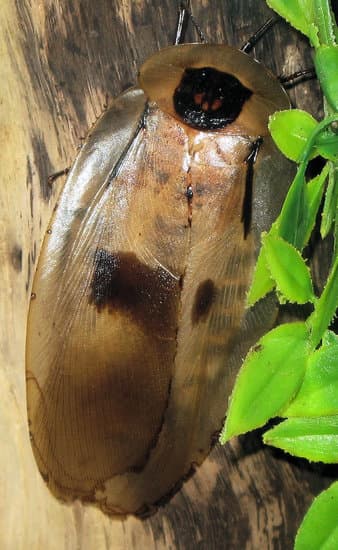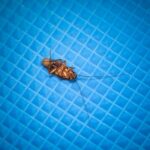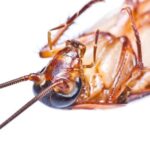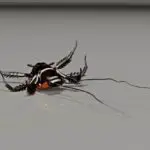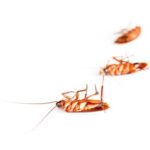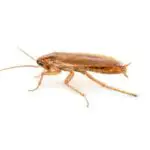The Circulatory System of Cockroaches
Cockroaches’ circulatory system is open-type, consisting of blood, not veins or aorta. It is made up of hemocoel (blood), which is located in the visceral organs. Cockroaches’ bodies have three different sinuses: the pericardial sinus, which is located on the dorsal side below the terga, and the perivisceral sinus, which occupies the middle space.
The circulatory fluid of a cockroach is called haemolymph. This fluid does not flow through the blood vessels, but helps in the transfer of nutrients. It also maintains hydrostatic pressure, which keeps the body hydrated. The visceral organs are bathed in this fluid, which is made up of haemocytes and colourless plasma. Haemocytes are responsible for phagocytosis, coagulation, and wound healing.
The cockroach has a well-developed circulatory system consisting of thirteen funnel-shaped chambers. The heart is located in the pericardial sinus, which is lined by the sarcolemma, which are the median muscle cells.
A cockroach’s legs are made of three segments. The first segment, called the prothoracic leg, is located closest to the roach’s head. The second segment, called the metathoracic leg, moves back and forth. The third segment, called the trochanter, acts as a knee and allows the roach to bend its leg. Its femur and tibia resemble a thighbone and shinbone. Its wings attach to the second and third thoracic regions.
In addition, a cockroach has a double ventral nerve cord and six abdominal ganglia. The abdomen contains an air sac and an esophagus and the digestive juices are secreted from the hepatic caeca.
